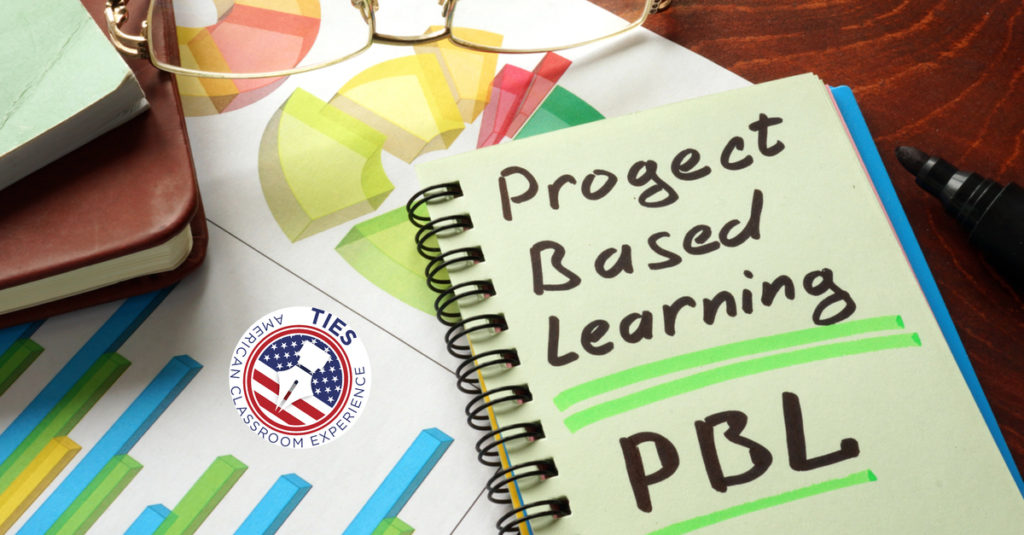
January 18, 2017
What Educators Need to Know About Project Based Learning
While the term “project-based learning” is a relatively new one, the concept itself dates back nearly 125 years ago, to the great American educational reformer John Dewey, who famously coined the phrase “learning by doing.” In much the same way, project-based learning recognizes that the deepest and most intense learning occurs when students are fully engaged in solving real-world problems and challenges.
For many foreign teachers coming to the United States to teach, this concept may be entirely new. After all, the traditional notion of teaching is a teacher standing up in front of a classroom, delivering a lecture to students, and teaching with the use of a standardized textbook. As part of this teaching model, students are then given a number of tasks that are primarily rote memorization (e.g. memorizing the names of all the U.S. presidents, or memorizing the multiplication tables in mathematics).
Project-based learning takes a different approach that embraces a dynamic classroom in which students are at the center of all the learning that occurs. Instead of just memorizing facts, students might make predictions, design experiments, collect and analyze data or form teams to investigate certain problems.
There are two key components of project-based learning: the “driving question” and the “artifact.” The “driving question” is the major educational concept that students are trying to learn, while the “artifact” might be a piece of artwork, a drawing a 3D model, a video, a photo or some other digital creation that results from the project.
For example, a group of students learning about a business concept might form a small team to launch a new product. The final artifact might be the product itself, or a brief presentation about how they plan to launch and develop the product.
According to proponents of project-based learning, there are several key advantages to such an approach. First and foremost, students receive a greater depth of understanding of the material. Secondly, they learn to develop “soft skills” like interpersonal and communication skills. Finally, they are taught to think creatively, to express their opinions, and to persuade others.
Educators, though, must be aware of one potential drawback to the project-based learning approach: social loafing. This “loafing” occurs when one or more members of a team does not do any work, instead relying on teammates to get them through the work. This means that teachers must keep a careful eye on each team, to make sure that everyone is doing an equal share of the work.
Ultimately, what educators must recognize is that project-based learning approach is student-centered, not curriculum-centered. In other words, learning is about more than just textbooks and repeating answers to questions to which there are very definitive responses. Instead, students are taught to ask questions, to solve problems, to consider different scenarios and to work together in teams to complete learning tasks. They learn that the best way to truly grasp a concept is to be able to explore real-world applications of that concept. Doing so gives them deeper knowledge and actively engages all students in a classroom.
